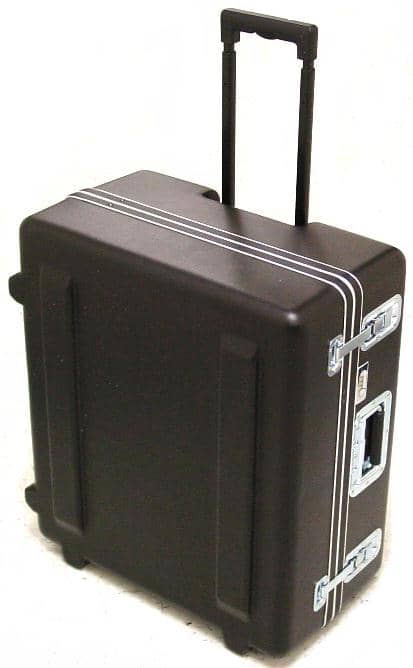

If we are into nitpicking, it does seem that the Snapdragon 888 was a little bit more power-efficient in decoding our h.264 test clip.
TRANSDATA TEST SET 2100 OFFLINE
The same is mostly true for the offline video playback result. The web browsing result is so close between the two units that it is easily within the margin of error. We reckon that's a behavior fairly representative of real-world use - you swipe on the screen, refresh rate shoots to 120Hz, you then read for a bit, it goes down.Īs for the video playback, the phone maintained a 48Hz refresh rate throughout the test - since it does actually do that when playing back 24fps content, we think that this, too, is a good representation of real-life usage.įor those of you hankering for more details on the numbers themselves, we'll start with the two on-screen tests - web browsing and offline video playback. Our web browsing script refreshes pages every 10s, and every refresh triggered a spike in the refresh rate to 120Hz, which then dropped back down to 60Hz 1-2s later.

TRANSDATA TEST SET 2100 ANDROID
The on-screen tests were done in native 1440p resolution with Adaptive refresh rate mode turned on, while constantly monitoring the actual refresh rate with Android 11's built-in tool. The standby tests were conducted with the best possible network signal, in the default state of the S21 Ultra, namely with S-Pen on and AOD off. It is important to note a few things about the testing methodology.

You can check out our complete battery test table, where you can see how all of the smartphones we've tested will compare under your own typical use. The battery testing procedure is described in detail in case you're interested in the nitty-gritty. We've established this usage pattern so that our battery results are comparable across devices in the most common day-to-day tasks. The endurance rating above denotes how long a single battery charge will last you if you use the Samsung Galaxy S21 Ultra 5G for an hour each of telephony, web browsing, and video playback daily. Our battery tests were automated thanks to SmartViser, using its viSerDevice app.
TRANSDATA TEST SET 2100 FULL
Here are the new battery endurance results as achieved by the Snapdragon 888 unit:Īnd here are our original ones, as published in the full review of the Samsung Galaxy S21 Ultra, done on our original Exynos 2100 unit. The thing is that in real-world use, which our proprietary battery endurance test suit tries to simulate, the phone is never really pushed to the max. Mind you, this does not necessarily negate nor contradict the fact that at peak performance levels the Exynos 2100 seems to outpace the Snapdragon 888 slightly, but with the caveat of being about 26% less efficient in a performance per watt race at its higher clock speeds.

Other battery comparisons have already arrived at essentially the same conclusion. To be fair, this is not an entirely new development. The Exynos 2100 and Snapdragon 888 versions of the Samsung Galaxy S21 Ultra have nearly identical battery endurance, showing only slight variance, hardly-noticeable in real-world use. 22, up to 2500 Mbps down, 316 Mbps up 5G SA/NSA/Sub6/mmWave, up to 7.5 Gbps down, 3 Gbps up 24, up to 3000 Mbps down, 422 Mbps up 5G SA/NSA/Sub6/mmWave, up to 7.35 Gbps down, 3.67 Gbps up Max display res: 4096 x 2160, Video capture: playbak: display res: 3840 x 2160, Video capture: playbak: processor (NPU) LPDDR5, 3200 MHz, max 50 Gbit/s, max size 16GB Here is a specs comparison between the chipsets powering the two models for reference: Chipsetġx 2.9 GHz – Cortex-X1, 3x 2.8 GHz – Cortex-A78, 4x 2.2 GHz – Cortex-A55ġx 2.84 GHz – Kryo 680 Prime (Cortex-X1), 3x 2.42 GHz – Kryo 680 Gold (Cortex-A78), 4x 1.8 GHz – Kryo 680 Silver (Cortex-A55) Now it's time to see how they fare in battery life. We already looked at how the two models compare in benchmarks and performance. In the Galaxy S21 family, the chipsets in question are the Qualcomm Snapdragon 888 (US&China) and Samsung's own Exynos 2100, available on every other market. Samsung has been releasing two versions of most of its premium smartphones in recent years - one with a Qualcomm chipset and another one with its own Exynos chips.


 0 kommentar(er)
0 kommentar(er)
